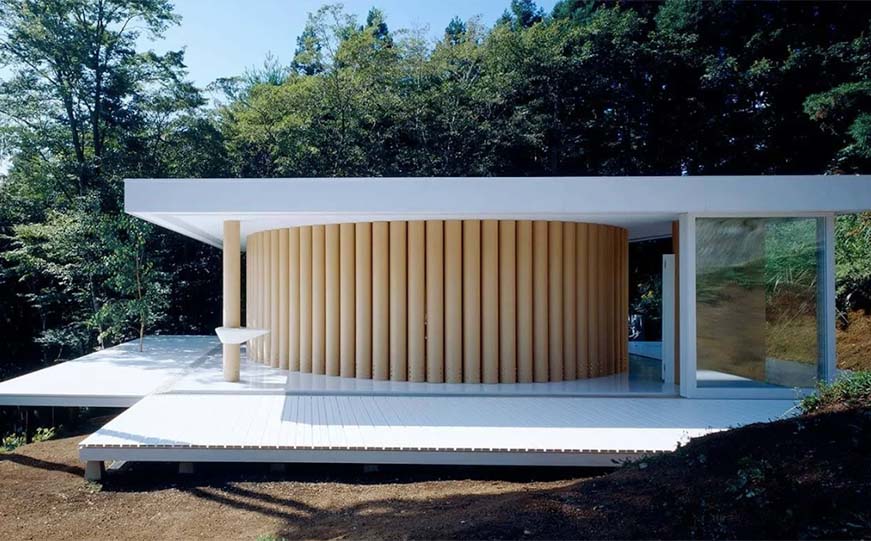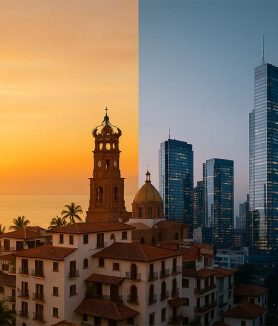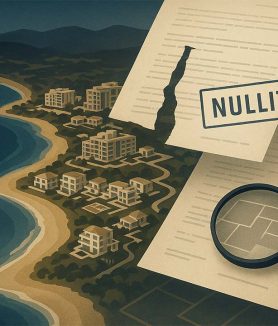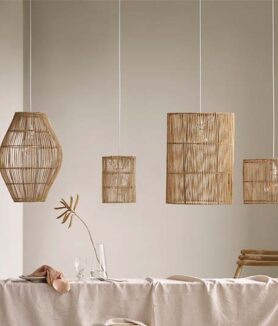Shigeru Ban's Paper House: A Milestone in Sustainable Architecture
Shigeru Ban, the acclaimed Japanese architect, has revolutionized the world of construction with his innovative and environmentally friendly designs. An emblematic example of his vision is the Paper House, a 10-meter-wide house built in 1995 on the shores of Lake Yamanaka, Japan. This architectural masterpiece, made up of 110 2.7-meter-high recycled cardboard tubes, has challenged traditional conventions and has become a global benchmark for sustainable architecture.
Why paper?
The choice of this material was not accidental. Ban was looking for an economical, light and easy-to-transport element, ideal for areas affected by natural disasters. In addition, paper is a renewable and biodegradable resource, making it a much more sustainable option than traditional construction materials.
An innovative and functional design
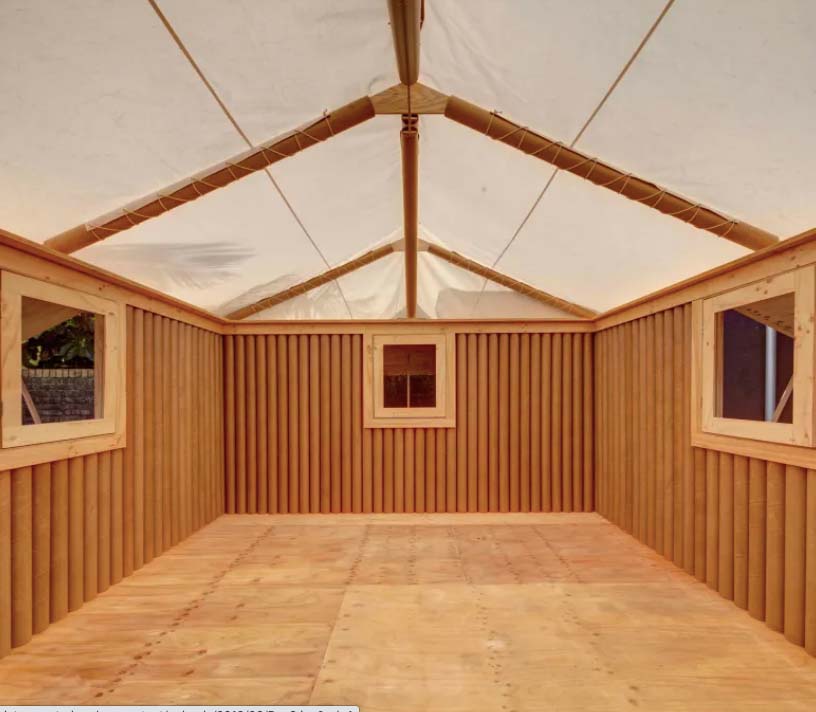
La Casa de Papel is a perfect fusion of tradition and modernity. Its organic form is inspired by Japanese architecture, while its modular and flexible structure makes it adaptable to different needs and environments. The bright and welcoming interior features large windows that allow natural light to pass through and create a warm and comfortable atmosphere.
Shigeru Ban leaves behind an inspiring legacy
This pioneering project has transcended its status as an experimental home to become a symbol of architecture's ability to transform the world. La Casa de Papel has been recognized with numerous awards and has inspired architects and designers around the world to explore new ways of building sustainably.
Beyond the House of Paper
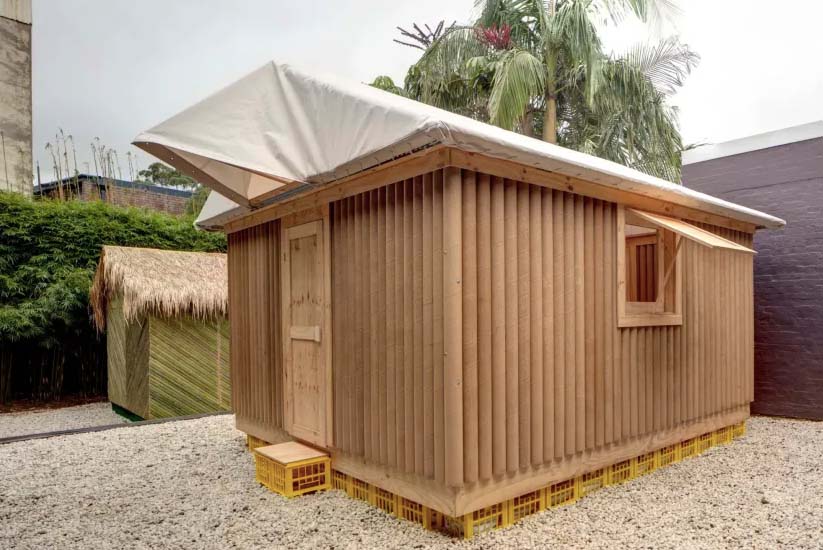
Shigeru Ban has continued to innovate in the field of sustainable architecture, developing projects such as the emergency pavilions built from cardboard tubes to provide shelter for victims of natural disasters around the world. His work has shown that it is possible to create habitable, safe and aesthetic spaces using recycled materials and simple construction technologies.
Why is the Paper House important?
- Sustainability: It demonstrates that it is possible to build high-quality housing using recycled and low-environmental-impact materials.
- Innovation: It challenges the conventions of traditional architecture and opens up new possibilities for building design.
- Adaptability: Its modular structure makes it ideal for use in different contexts, from individual homes to emergency shelters.
- Inspiration: It has inspired a new generation of architects and designers committed to sustainability.
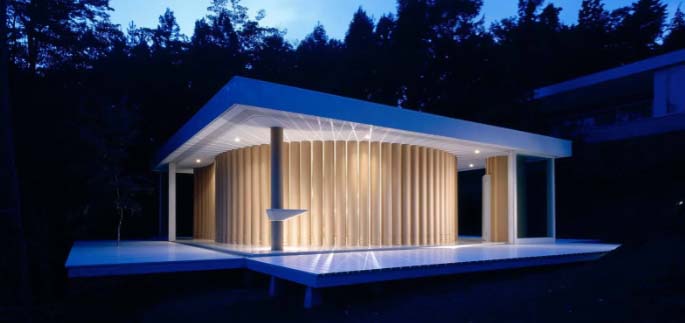
Shigeru Ban's Paper House is much more than just a house. It is a milestone in the history of architecture, a symbol of hope and a call to action to build a more sustainable future. Its legacy continues to inspire architects and designers around the world to explore new ways of building and living in harmony with the planet.
To read more about architecture click here.

